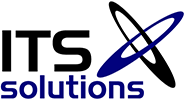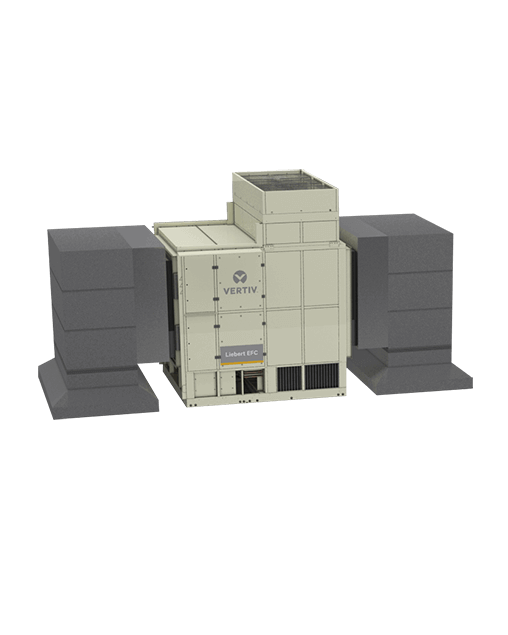The Liebert EFC Indirect Evaporative Freecooling System is a highly reliable and efficient cooling system for colocation, cloud hosting and other large data centers. It combines a highly efficient heat exchanger with advanced controls to help customers save money, reduce risks and simplify thermal management. The Liebert EFC provides low peak power usage, a rapidly scalable design, and advanced controls for operational efficiency and automated protection routines.

